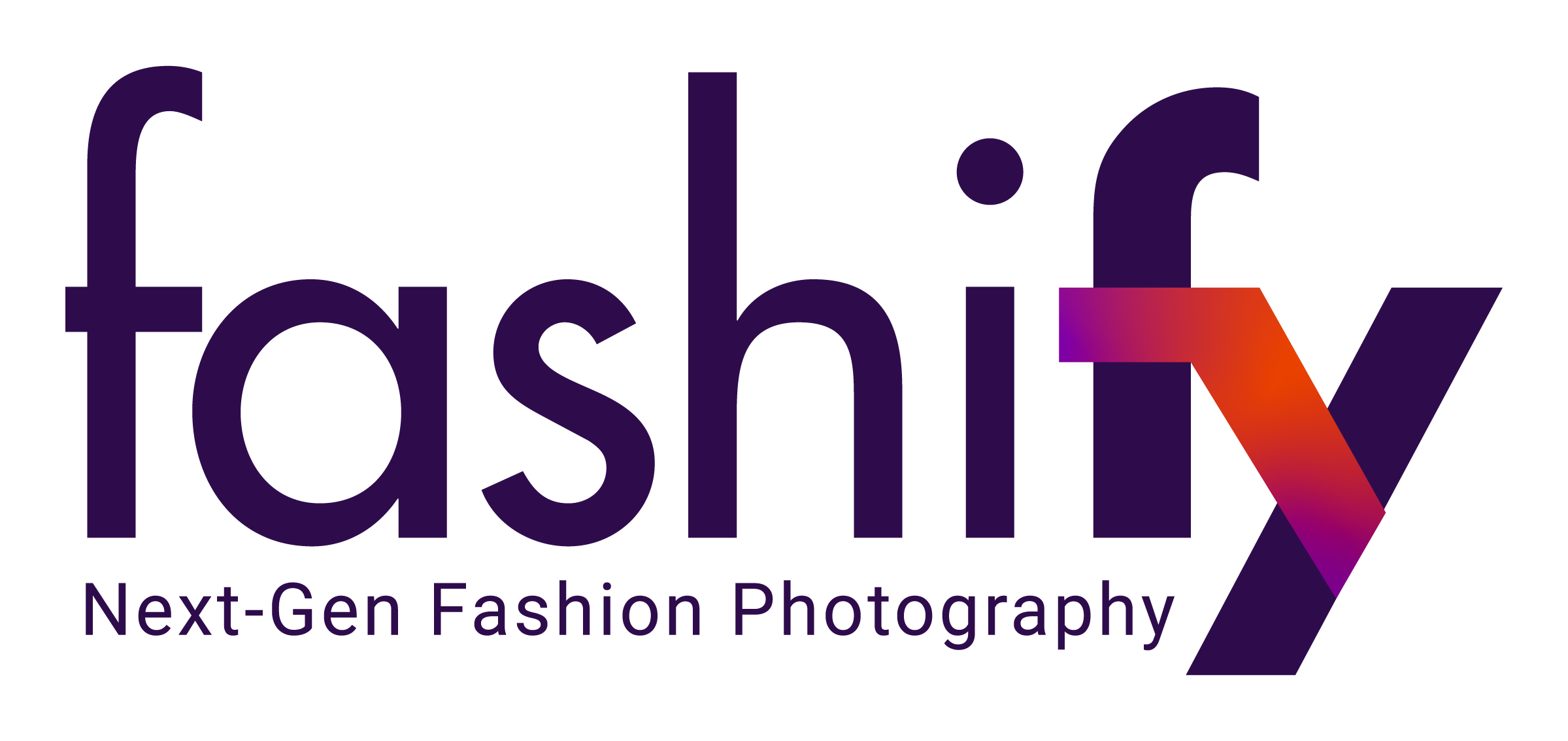If the 70s Had This Technology, Disco Would Have Looked Even Better
- altuntasch
- Mar 20
- 3 min read
Updated: Jul 18
Picture this: It is 1974. The Bee Gees are blasting from every radio, bell-bottoms are at their peak, and people are tearing up dance floors under glittering disco balls. Now, imagine if they had access to today’s technology to showcase their style. Instead of grainy Polaroids and catalog cutouts, the groovy fashionistas of the 70s could have had professional-grade visuals of their polyester jumpsuits and wide-collared shirts.
Let us take a journey back in time and ask, what if the power of modern fashion tools existed in the era of lava lamps, shag carpets, and platform shoes?

Table of Contents
The Challenges of 70s Fashion Photography
Back in the day, if you wanted to showcase your snazzy three-piece suit or fabulous maxi dress, you needed a photographer, a studio, and a whole lot of patience. Most photoshoots ended with someone saying, “We will develop these and get back to you in a week!” By the time the prints came back, the dance floor trend had already moved from sparkly tops to paisley jackets.
What about inclusivity? Forget it. Every magazine was filled with the same polished, airbrushed faces. Disco may have been all about love and togetherness, but fashion visuals in the 70s missed the memo.
What If the '70s Had This Technology?
Now, imagine a young boutique owner in 1974. Her store is called Groovy Threads and she is trying to launch her summer collection: halter tops, tie-dye kaftans, and fringe jackets. If she had access to modern tools, she would not need to hire a photographer or spend hours convincing her best friend to model.
With just a few clicks, Groovy Threads could create stunning visuals of her collection. She could choose models with afros, bouffants, or even Farrah Fawcett’s famous feathered hair. Need a disco club backdrop? Done. Prefer a retro diner scene? Easy. Her visuals would be live on the shop’s website faster than someone could shout, “Boogie down!”
The Power of Inclusivity in a Groovy World
If this technology had existed in the 70s, the fashion industry could have been ahead of its time in representation. Instead of just seeing the latest bell-bottoms on one model type, people would have seen their styles reflected in all their glorious diversity. Every disco queen and king could find a piece of themselves in the visuals.
Imagine the ability to customize everything. Want to see how that polyester suit looks under the sparkle of a disco ball? No problem. Want to visualize your fringed vest at a Woodstock-esque outdoor festival? You got it.
Speeding Up the Groove
The 70s were fast-paced in their own way, but fashion trends moved at a snail’s pace compared to today. If a brand missed the trend, their bell-bottoms might as well have been bootcut jeans. With today’s tools, Groovy Threads could have created visuals in minutes and gotten their styles in front of disco-loving customers instantly. Trends would not have been a challenge; they would have been an opportunity.
What the 70s Can Teach Us About Now
If anything, this exercise highlights just how far we have come. While the 70s relied on slow, cumbersome methods to showcase their funky fashion, today’s brands can do it all from their laptops. The styles may have changed, but the desire to connect with customers and tell a story through visuals remains timeless.
So, next time you see someone spinning under a disco ball, think about how lucky we are to live in a time where creating fashion imagery is not just easier; it is practically magical.




